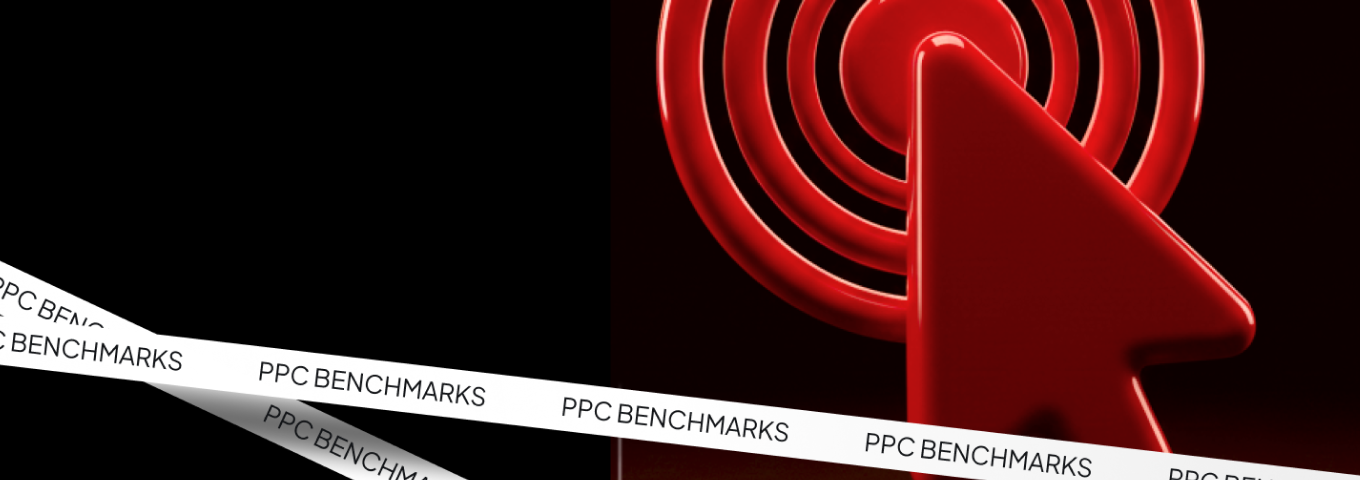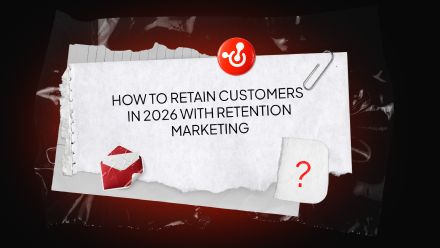
If you’re running a pay-per-click (PPC) Google campaign in 2026, you’re probably wondering whether it’s really effective and how you stand.


There is no universal PPC vs SEO split that works for every startup. The ideal solution is a combination of both.

Retention marketing itself is already a trend. With the rising cost of acquiring new customers, companies are finally paying more attention to...
.png)
Users rarely behave as we expect. Website heatmaps help you examine this interaction in detail and see what captures attention.

In 2026, paid search marketing dominates driving 57.5% of revenue. Grab the latest on eCommerce marketing benchmarks by Promodo marketers.
.png)
In this article, we’ll explain what Google Lens is, why it’s becoming critical for eCommerce, and how to make sure your products are bought through images.

These insights will provide you with the knowledge necessary to make informed, data-driven choices and shape strategic initiatives for 2026.


Subscribers
work period
Subscribers
Revenue
ROAS
Work period



Global



United States


United States


United States



Ukraine


Ukraine


United Kingdom


Global


Baltic countries


Poland


US vs UK
Subscribe to our emails and receive new content and case studies once a week.
%20(1).webp)
%20(1).webp)